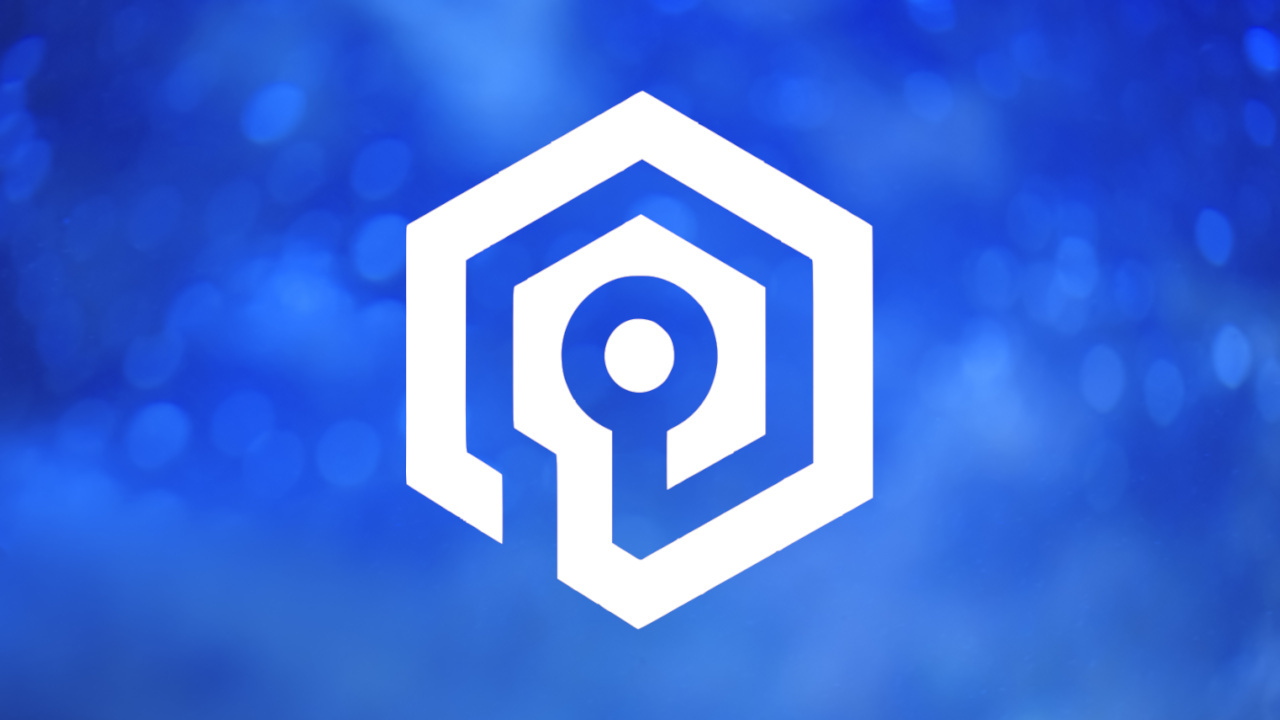What is Valkey?

Looking for an open-source alternative to Redis? Valkey was forked from Redis to address differences in governance, licensing, and technical vision. Redis introduced the Redis Source Available License (RSAL) for certain modules, restricting their commercial use and sparking concerns about a departure from open-source principles. Valkey forked from the permissive 3-clause BSD licensed source, ensuring vendor neutrality and broader community input. The fork also aimed to explore innovations such as extensibility through a plugin system and performance optimizations like multi-threading, while maintaining compatibility with Redis. Ultimately, Valkey reflects a commitment to openness, collaboration, and a vision aligned with the broader open-source community.
If you are going to start searching for Valkey, I recommend using
valkey.ioinstead of justvalkey. Google persistently thinks that you meant to typevalley. Bing and DuckDuckGo get it correct.
Valkey is designed for better multi-core utilization, offering improved performance in multi-threaded environments. It also provides enhanced scaling capabilities and automatic cluster failover, making it more suitable for demanding and distributed workloads. Additionally, Valkey has experimental support for RDMA, which can significantly boost performance in certain networking environments. While Redis is well-established, Valkey may be a better choice for applications that prioritize extreme performance, scalability, and memory efficiency, especially in modern, multi-core environments.
The Valkey community is still relatively young but is growing with backing from the LInux Foundation and major players like AWS and Google Cloud. This provides a degree of confidence in its long-term development and support. However, compared to Redis's massive and mature community, Valkey's community is smaller. This can translate to fewer readily available community resources, such as tutorials, and limited support compared to Redis.
As a newer project, Valkey may have areas where stability and feature completeness are still evolving. Its adoption is also not as widespread as Redis, which could impact factors like finding skilled engineers and integrating with existing tools. However, since Valkey is a fork of Redis, both projects shared the same feature set at the time of the fork. If community support and the availability of resources are crucial for your project, Redis might be a safer bet. Nonetheless, this is quickly changing as Valkey's ecosystem continues to grow. Valkey is a compelling option if you are willing to embrace a newer technology with the potential for significant performance gains and are comfortable with a slightly less mature ecosystem.
I have always found the best way to learn is by doing. The Quick Start Guide provides step-by-step instructions on setting up Valkey, storing and retrieving data, and scanning the keyspace. This guide is particularly useful for understanding basic operations. If you find that Valkey meets your needs, you can run it on your own platform or spin up a fully managed instance on Elestio or Stackhero. Compatible services are also available on AWS and GCP.
